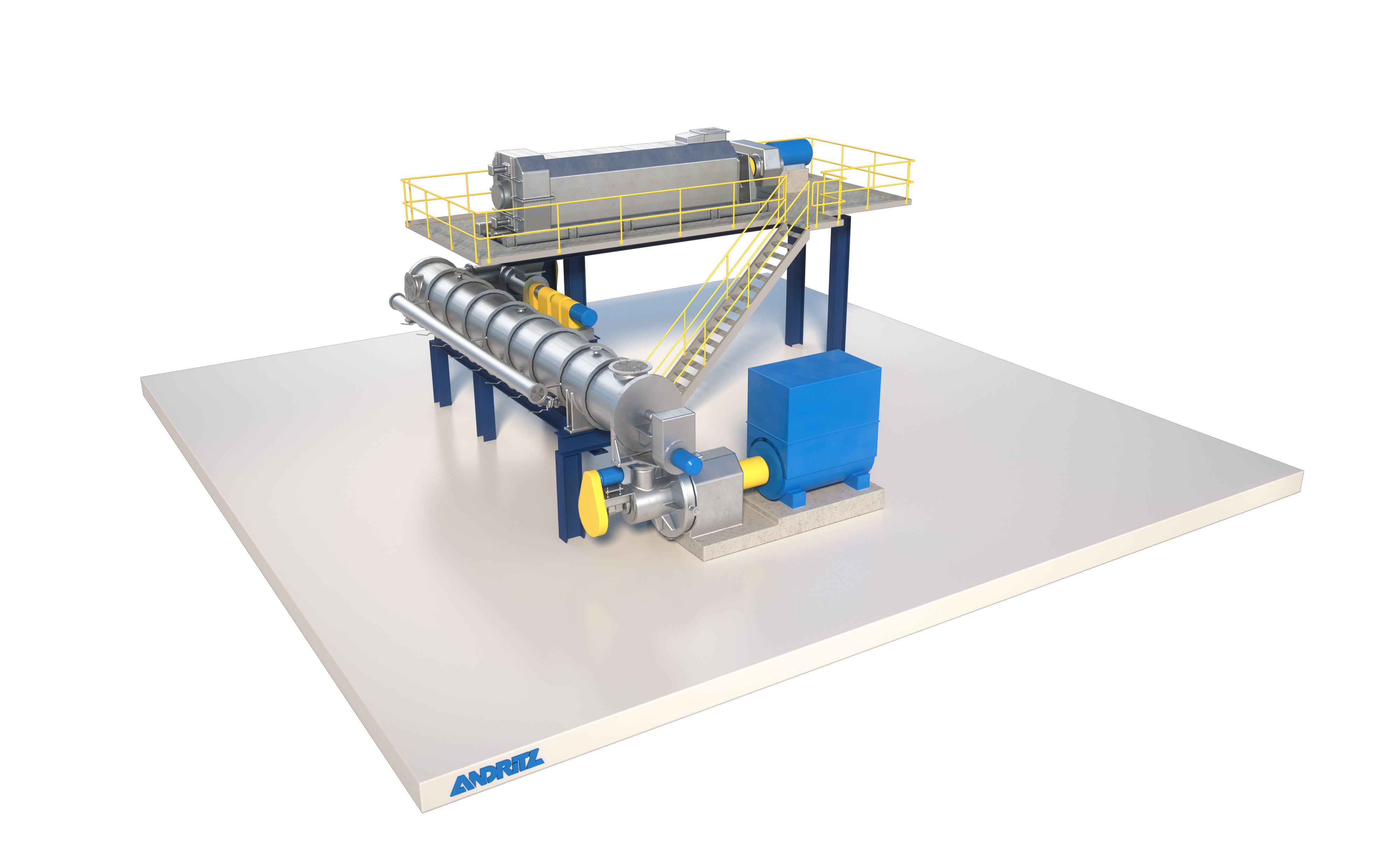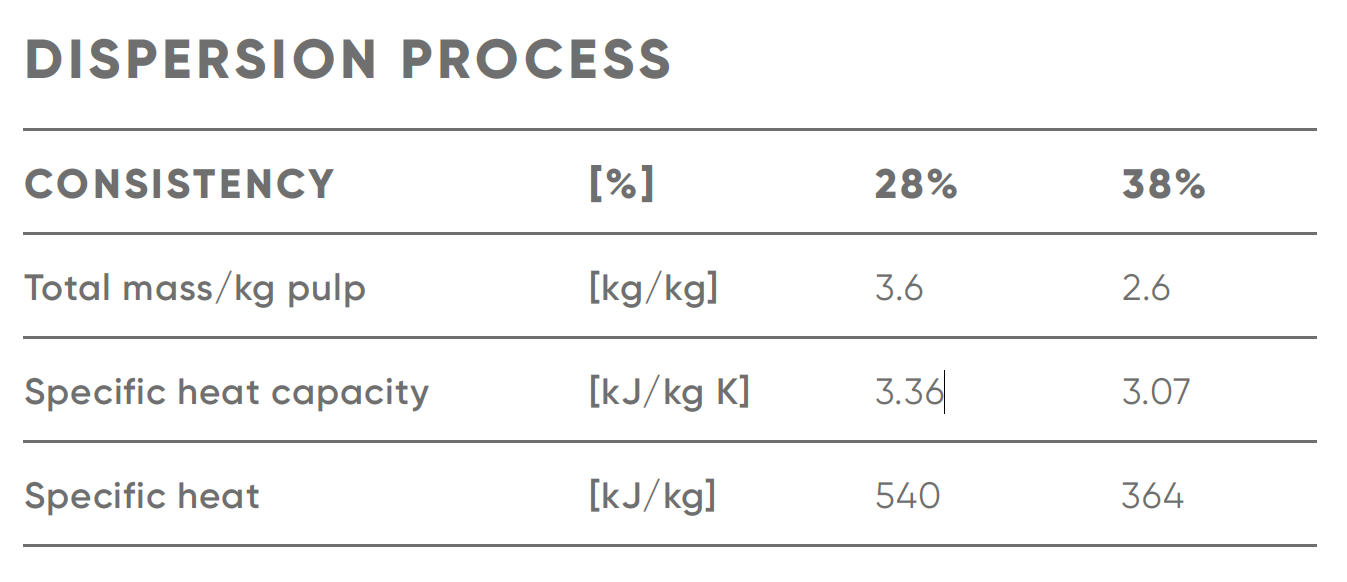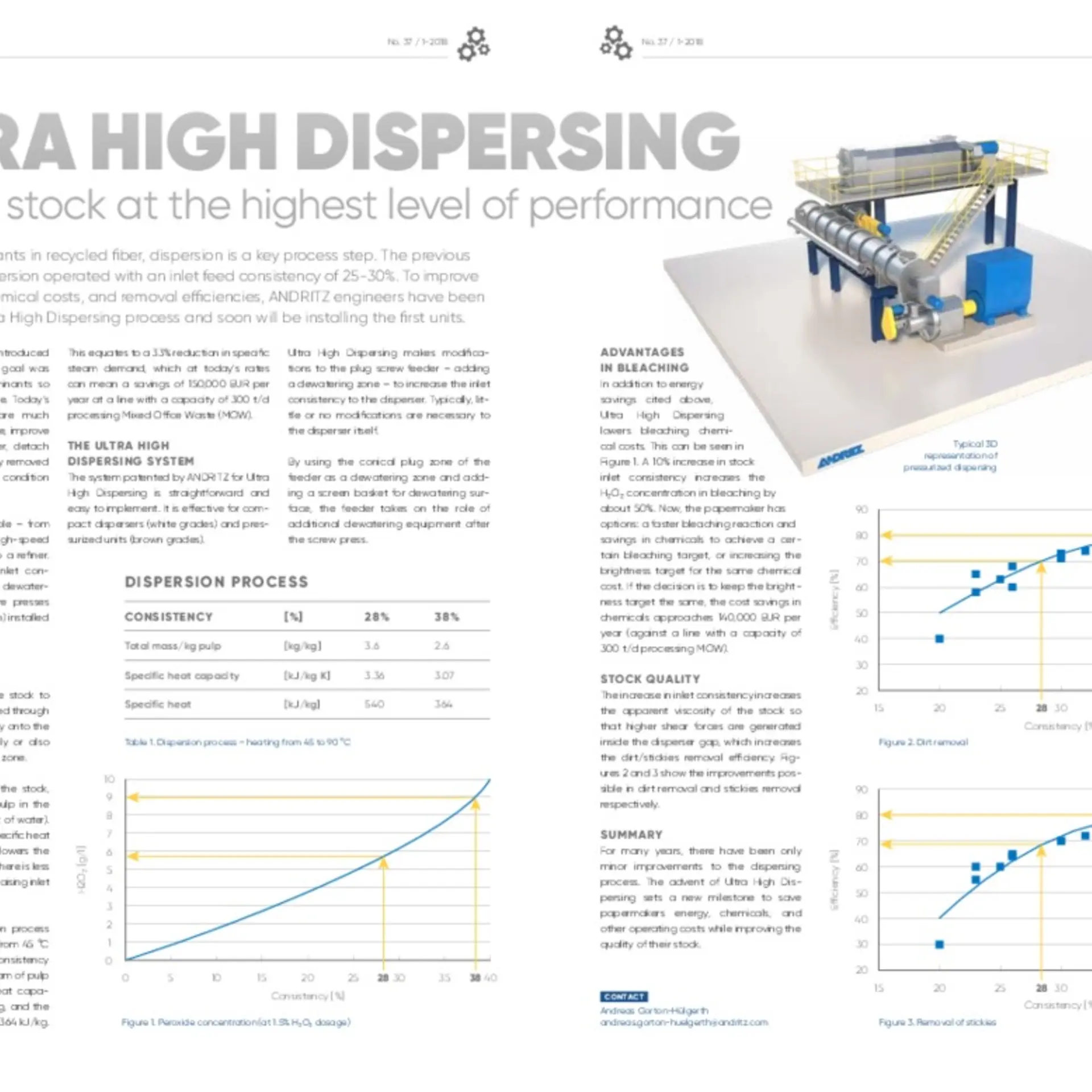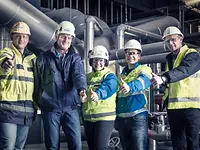Minimizing Mercury, SOx and particle matters
TechNews - Ultra high dispersing
Cleaner stock at the highest level of performance
Due to the contaminants in recycled fiber, dispersion is a key process step. The previous state-of-the-art dispersion operated with an inlet feed consistency of 25-30%. To improve energy efficiency, chemical costs, and removal efficiencies, ANDRITZ engineers have been innovating on an Ultra High Dispersing process and soon will be installing the first units.

Typical 3D representation of pressurized dispersing
THE HIGH COST OF HEATING WATER
Effective dispersing requires the stock to be heated. Steam can be injected through a heating screw flanged directly onto the disperser or installed separately or also directly ahead of the dispersing zone.
The higher the consistency of the stock, the higher the proportion of pulp in the slurry (compared to the amount of water). Higher consistencies lower the specific heat capacity of the stock – which lowers the energy input required. Because there is less water to heat, the economics of raising inlet consistency are quite dramatic.
Take, for example, a dispersion process that heats the stock to 90 °C from 45 °C (Table 1). A 10% increase in inlet consistency lowers the total mass per kilogram of pulp from 3.6 to 2.6, the specific heat capacity from 3.36 kJ/kg to 3.7 kJ/kg, and the specific heat from 540 kJ/kg to 364 kJ/kg.
This equates to a 33% reduction in specific steam demand, which at today’s rates can mean a savings of 150,000 EUR per year at a line with a capacity of 300 t/d processing Mixed Office Waste (MOW).
THE ULTRA HIGH DISPERSING SYSTEM
The system patented by ANDRITZ for Ultra High Dispersing is straightforward and easy to implement. It is effective for compact dispersers (white grades) and pressurized units (brown grades).
Ultra High Dispersing makes modifications to the plug screw feeder – adding a dewatering zone – to increase the inlet consistency to the disperser. Typically, little or no modifications are necessary to the disperser itself.
By using the conical plug zone of the feeder as a dewatering zone and adding a screen basket for dewatering surface, the feeder takes on the role of additional dewatering equipment after the screw press.
SUMMARY
For many years, there have been only minor improvements to the dispersing process. The advent of Ultra High Dispersing sets a new milestone to save papermakers energy, chemicals, and other operating costs while improving the quality of their stock.

Table 1. Dispersion process – heating from 45 to 90 °C









